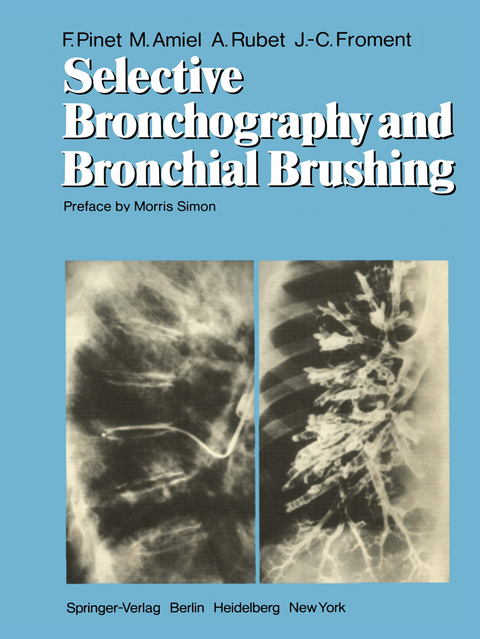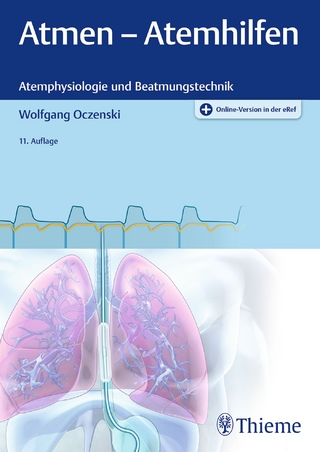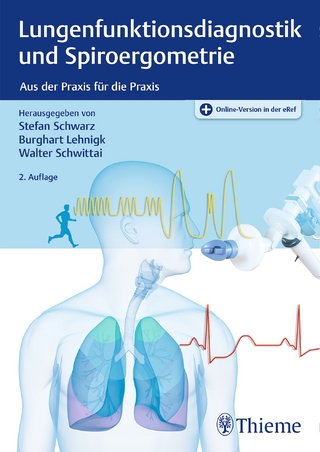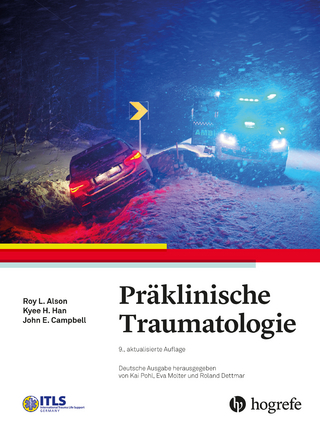
Selective Bronchography and Bronchial Brushing
Springer Berlin (Verlag)
978-3-642-67130-2 (ISBN)
I. Expansion of Bronchography into Bronchial Catheterization.- II. The Role of Bronchial Catheterization.- A. Indications.- B. Relationship to Other Techniques.- C. Contraindications.- III. Bronchial Catheterization Technique.- A. General Requirements for Performing Bronchial Catheterization.- IV. The Normal Bronchogram.- A. Procedures and Standards of Bronchial Filling Using Televised Fluoroscopy.- B. Static Images.- C. Normal Bronchial Dynamics.- V. The Pathologic Bronchogram.- A. Bronchial Filling Anomalies.- B. Position and Orientation Anomalies of the Bronchial Tree.- C. Variations in Bronchial Caliber.- D. Bronchial Contour Abnormalities.- E. Anomalies of the Bronchioloalveolar Segment.- VI. Contributions of Bronchography and Bronchial Brushing to the Diagnosis of Opacities and Pulmonary Ring Shadows.- A. Diagnosis of Pulmonary Opacities.- B. Diagnosis of Pulmonary Ring Shadows (in the Adult).- VII. Contributions and Value of Bronchography and Bronchial Brushing in Pulmonary Pathology.- A. Bronchiectasis.- B. Chronic Bronchitis.- C. Tumors of the Lung.
| Erscheint lt. Verlag | 12.2.2012 |
|---|---|
| Vorwort | M. Simon |
| Zusatzinfo | XII, 264 p. |
| Verlagsort | Berlin |
| Sprache | englisch |
| Maße | 210 x 280 mm |
| Gewicht | 690 g |
| Themenwelt | Medizin / Pharmazie ► Medizinische Fachgebiete ► HNO-Heilkunde |
| Medizinische Fachgebiete ► Innere Medizin ► Pneumologie | |
| Schlagworte | anesthesia • Bronchographie • Bronchoskopie • cytology • Diagnosis • Diseases |
| ISBN-10 | 3-642-67130-6 / 3642671306 |
| ISBN-13 | 978-3-642-67130-2 / 9783642671302 |
| Zustand | Neuware |
| Haben Sie eine Frage zum Produkt? |
aus dem Bereich


